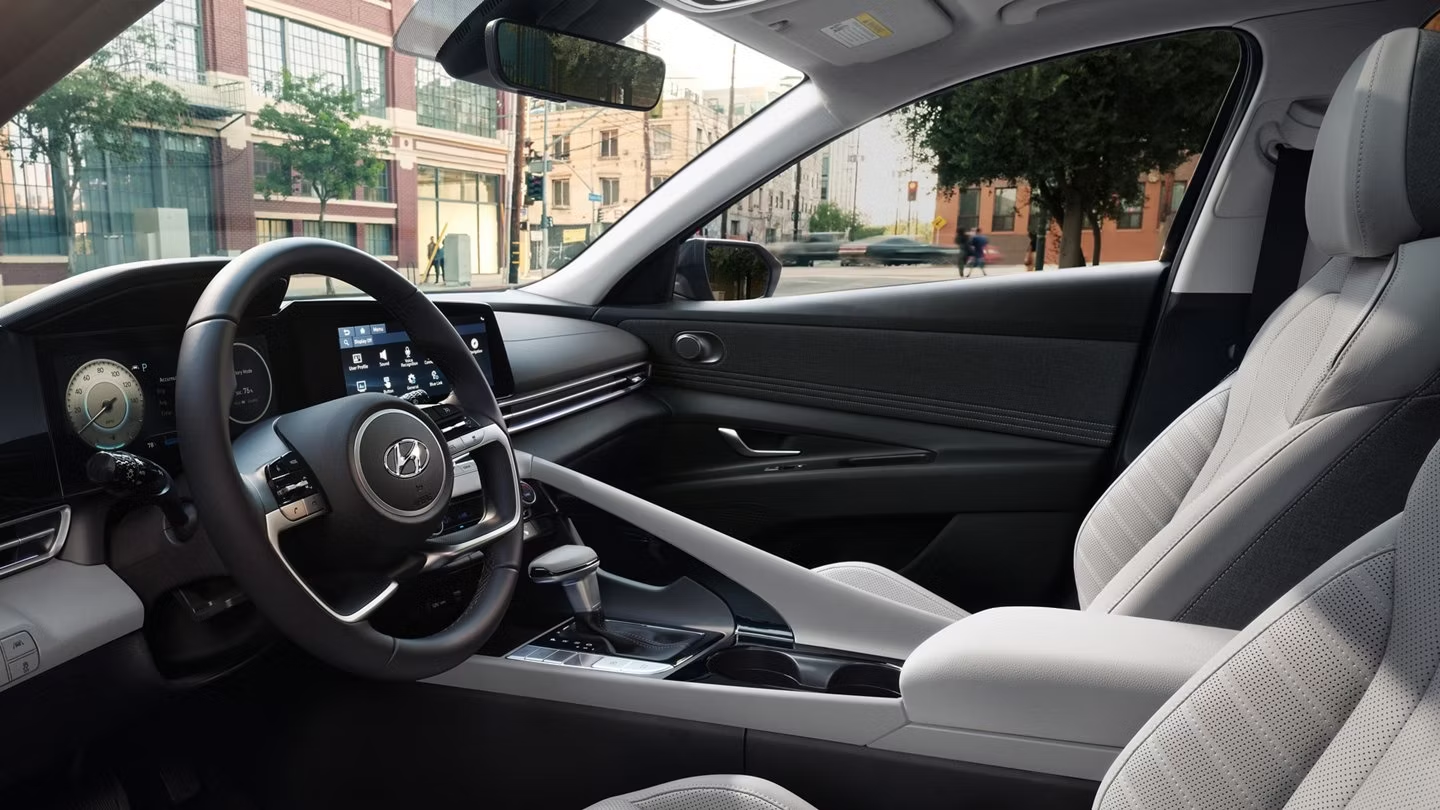
Over time, car safety features have changed a lot since crumple zones and anti-lock braking systems were introduced to help reduce accidents caused by human error – one of the main reasons for road traffic incidents.
Self-driving vehicles are the next frontier in automotive safety but before this can happen ADAS technology needs to be developed further and integrated into cars.
Seat Belts
At one time style, fuel economy and performance were the three primary drivers behind car purchases; today these are joined by safety features as key factors in purchase decisions. Technologies such as padded dashboards and three-point seat belts have saved many lives over the years.
The modern seat belt was created in 1959 by Nils Bohlin at Volvo. He replaced two-point belts which cut into drivers during collisions with single point designs that cut too deeply into their torsos according to his patent which also allowed them to introduce rear seat head restraints for reduced whiplash injuries.
Insurance companies pushed for seatbelt use leading to crash tests and mandated safety features like ABS (anti-lock brakes) which prevent wheels from locking during braking allowing drivers to maintain control.
Air Bags
Airbags have been one of the greatest advances in car safety, reducing force transference during collisions thereby helping prevent serious injuries or even death.
Several pioneering individuals including John W. Hetrick, Nils Bohlin, Harold Round Dorothy Levitt and Walter Linderer played critical roles in creating airbag technology that we know today.
According to Ralph Nader who is considered as selfappointed consumer advocate and wrote book “Unsafe at Any Speed” stated that seat belts should only be viewed upon as first step towards advanced passive restraint system including frontal, side impact and head air bags.
Collision Mitigation Braking System
Car Safety Features do more than just give peace of mind; they save lives by softening the blow of crashes and reducing collision forces involved.
A millimeter-wave radar collision mitigation brake system like Honda Sensing detects objects that approach your vehicle and warns you of them through visual and audible alerts before automatically applying brakes if an impact is unavoidable.
Lane Departure Warning
Safety has always been a concern for automotive engineering, from seatbelts in the 1950s to crumple zones and airbags today. From lane departure warning systems to adaptive cruise control with full braking features designed to prevent collisions on vehicle occupants, safety is always at the forefront of car manufacturers’ minds.
At speeds between 30-40mph lane departure warning uses sensors to monitor the road and alert drivers when their vehicle is nearing roadway lane markers. This feature can work from 30-40mph but may warn drivers through audible or haptic (steering wheel vibration) alerts.
Some lane departure warning systems have shown to reduce crashes while others might increase accident rates by giving too much confidence in driver’s own abilities.
Adaptive Cruise Control
Car safety has moved from passive restraints towards active systems which stop accidents happening with features like ESC and ABS stopping wheels from locking during sudden braking while crumple zones use physics to disperse crash energy away from passengers.
Adaptive cruise control (ACC) is a dynamic system that can help make driving safer by keeping track of the speed and distance of cars in front. Known by many other names, this feature uses radar and cameras to automatically slow down or speed up the vehicle as needed in order to maintain a safe following distance behind other vehicles. It also helps reduce driver tiredness during long stretches on highways.
Blind Spot Detection
From Jim Iacocca’s life-saving seatbelt to today’s advanced ADAS systems that prevent car crashes while saving lives, technology has always been crucial in enhancing safety on roads. However, just like any other mechanical devices or software programs, these lifesaving technologies must be serviced regularly for them to continue working effectively so that they can save lives through reducing accidents.
Crumple zones were another essential innovation, which allow cars to deform under collision and thus decrease force transferred to vehicle occupants, thus minimising injuries. Padded dashboards have also been introduced to further mitigate injuries. Moreover; blind spot detection provides another invaluable safety feature by warning drivers about vehicles located in adjacent lanes when merging or changing lanes thereby preventing crashes; achieved using sensors installed into their ADAS suite which sends signals whenever there is anything blocking your view from any angle around the car.










